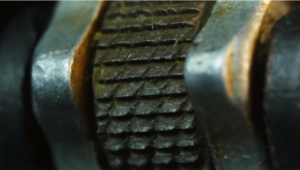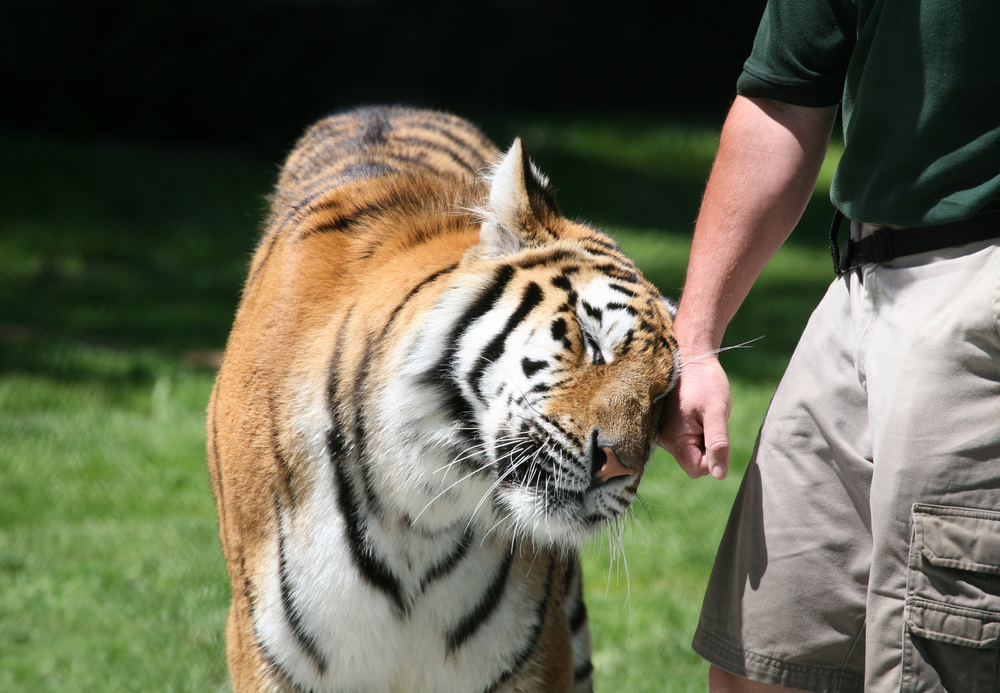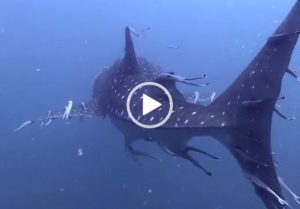 Tagging huge elephant seals on an Antarctic beach isn’t a job for the faint-hearted. Mature males weigh up to four tonnes, and can easily mistake a human for another seal looking for a fight. “Elephant seals don’t have good vision,” says Dr Horst Bornemann, a researcher from Germany’s Alfred Weneger Institute for Polar and Marine Research. “You want a team who can anticipate their behaviour and fend off advancing territorial males.”
Tagging huge elephant seals on an Antarctic beach isn’t a job for the faint-hearted. Mature males weigh up to four tonnes, and can easily mistake a human for another seal looking for a fight. “Elephant seals don’t have good vision,” says Dr Horst Bornemann, a researcher from Germany’s Alfred Weneger Institute for Polar and Marine Research. “You want a team who can anticipate their behaviour and fend off advancing territorial males.”
There’s a good reason for working with such colossal, bad tempered animals in remote, sub-zero conditions, though. Southern elephant seals, the deepest-diving seal species, can dive below 2,000m for hours at time, so fixing small, electronic sensors to their heads can transform them into a fleet of researchers. These sensors gather data on the seals’ movements – how deep they dive, what they eat and where they go – and can ping information back up to 250 times a day, when the seal surfaces for air.
Tagged seals can help answer important questions about the oceans. Over seven years, close to 20,000 dives were logged by dozens of elephant and crabeater seals in parts of the Bellingshausen Sea, off the Antarctic Peninsula, where research vessels rarely venture. Another recent study used information from a programme called MEOP – Marine Mammals Exploring the Oceans Pole-to-Pole – to understand more about why West Antarctic ice shelves are melting, showing that a layer of warm, salty water is edging up to the continental shelves surrounding Antarctica.
“There are ice-covered areas, in which it’s a huge effort to manoeuvre a ship,” says Bornemann. “But seals can cope with any icy conditions, all year round. So you get perfect winter data.”









































































































